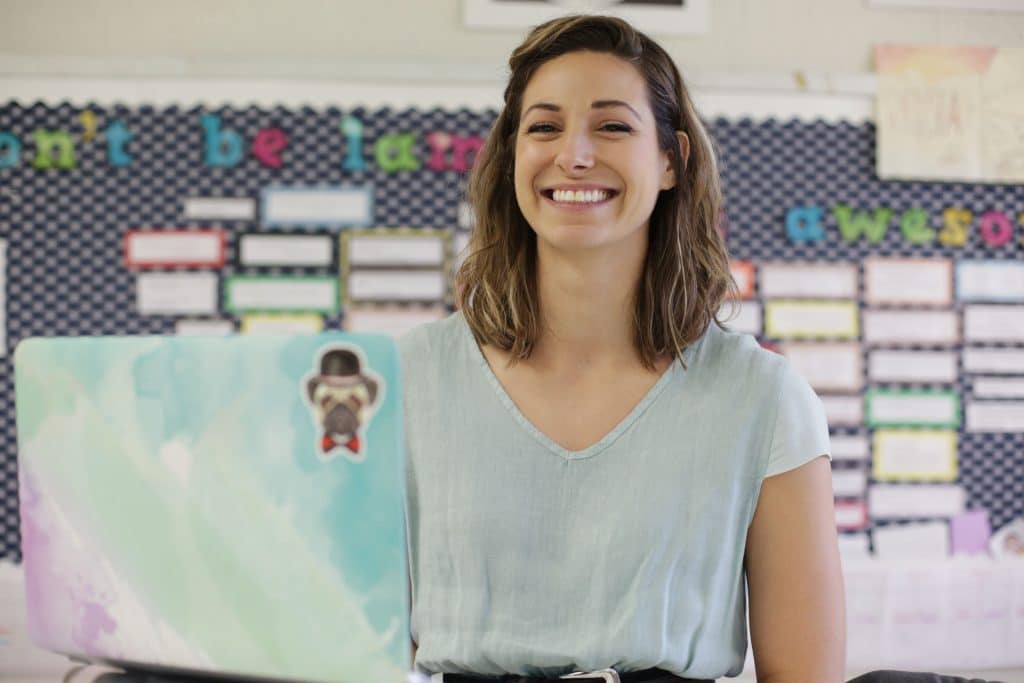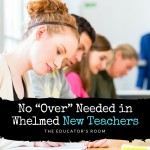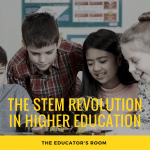Overview:
Staff faculty meeting does not have to be boring. Learn how this school changed their framework for professional learning.
It’s a Tuesday in March 2023; twelve “staffulty” (faculty and staff, including administrators, counselors, or technology) are gathered in a classroom for professional development. The book club leader, an English teacher, looks around at us and asks, “How much do you like to be confronted? It’s maybe a 2 for me, but I think I could or should be confronted more.” Teachers and other staff members then reflected on her question, and the conversation began; we asked each other if being “confronted” by our colleagues or our administrators would help us create a more “fierce” climate, wherein we would continuously ask ourselves if each lesson was truly our best work, giving us the impetus and inspiration to become the best teachers we could be.
In this vignette, a close paraphrase of what actually happened, staffulty were engaged in a new professional development model we rolled out at our school called “Talk Shop Tuesdays.” This particular series, an optional book club on Susan Scott’s leadership book, Fierce Conversations (2017), was one of six offerings created for staffulty and by staffulty in the Spring semester of 2023 to attempt to build a more invigorating form of professional development on campus.
The Gap Between Professional Development and Research
We know the gap between the professional development that occurs in schools and what the research literature demonstrates about what produces adult growth in schools. Darling-Hammond et al., in their landmark 2017 report “Effective Teacher Professional Development,” established that the best professional development for teachers “is content focused, incorporates active learning, supports collaboration, uses models of effective practice, provides coaching and expert support, offers feedback and reflection, [and] is of sustained duration.”
It is difficult to see how our typical Wednesday faculty meeting with a visit by someone from the district office to share a strategy for “encouraging literacy in the content areas,” or even a visit by a well-regarded teacher blogger, or a day of well-meaning “Ed Camp” sessions quite fits the bill, then, and yet this is what teachers continue to experience in schools. If we pair this with the idea that Dan Pink introduces in Drive (2009) that major growth occurs when humans experience mastery, autonomy, and purpose, we’re left with a pretty big abyss between knowledge and practice when it comes to professional growth of teachers.
It shows. Teachers and other educational professionals are increasingly burned out and dissatisfied with their careers – in fact, a 2022 EdWeek study illustrated that only 12% of teachers were “very satisfied” with their jobs – an all-time low (EdWeek Research Center, Merrimack College Teacher Survey: 2022). While the job isn’t getting any easier, we started wondering if “pouring into” teachers, allowing them to decide how they re-invested in themselves as educators, might support them and their work in a way we hadn’t tried before. Ideas plaguing our school surrounded how we could close the gap between theory and practice and create an environment for our teachers to invest or reinvest in themselves.
The Process of Designing Professional Learning
With these facts and hopes in mind, we designed “Talk Shop Tuesdays,” – a new professional learning model for our school last semester. The idea was that staffulty members would propose a series of 3-5 sessions organized around one topic that would build throughout the course of the semester, allowing for the creation of community, the development of new skills, and a place for accountability and reflection. Staffulty facilitators would design their series alone or with others, which would meet monthly at a time designated by the leaders.
These monthly meetings would function like an elevated PLC, or professional learning community. Beyond co-teaching, many of our teachers were unfamiliar with the concept of a PLC and its associated baggage, which in some ways was helpful. Furthermore, one of the biggest alterations to the model was the inclusion, even emphasis, on choice. Staffulty had to CHOOSE to be there. They were 100% optional learning and growing opportunities. This was deeply important to us. We were adamant that staffulty opt in to this for themselves, not because they were required to.
Working with Staffulty for Professional Development
To get this off the ground, we worked with administration to ensure that this more “for the staffulty, by the staffulty” model first aligned with their larger goals and vision for teaching on campus. Once we’d gained approval, we sent out a survey in the fall asking the staffulty what they would be interested in and passionate about offering to their colleagues in a series format in the spring. I heard back from five teachers and two counselors who were interested in hosting a series about topics ranging from a book club on Fierce Conversations to “Avoiding Burnout” to developing a portrait of the optimal teacher at our school.
We met with the facilitators to nail down the dates, locations, and times their series would be offered and handled all the promotional materials through school email and flyers created on Canva. One of my goals with the program was to try to ensure a variety of offerings at a variety of times so that staffulty could attend different sessions and not be boxed into choosing just one if they all happened at the same time. For example, the Fierce Conversations book club met originally at lunch, but started to host a follow-up after school session for those who got caught up at lunch, whereas the Portrait of a Teacher series always met after school to afford us the time to dig into tough concepts like what we expected professionally from our colleagues.
The Feedback
Overall, the feedback from staffulty at the end of the school year was highly positive. Teachers loved knowing that their colleagues were being celebrated and having the chance to learn from each other. A consistent theme was that teachers valued the energy the sessions brought to campus. However, challenges definitely persisted. For example, many teachers explained they would plan to go and be excited to go but then would be pulled in by a student who needed help or some other obligation that got in the way of their attendance. For this school year’s PD, we are trying to find the sweet spot between this ground-up method and a little more structure for those who need it to be able to break out of their classroom obligations and invest in themselves. We’re hopeful that in the spring semester, we’ll be able to give staffulty the freedom to develop their own professional development series again and embrace growing together.

Dedicated to the growth of her upper school students and their teachers, Lauren teaches AP World History and AP Research at Lake Highland Preparatory School in Orlando, Florida, where she also chairs the Social Studies department, organizes a voluntary morale group called the “Sunshine Crew,” and assists with orchestrating on-campus professional development for teachers and by teachers. She was a Top 3 finalist for Seminole County Public School’s Teacher of the Year in 2017 and received Lake Highland’s Award for Excellence in Teaching in 2020.
Edweek Research Center. 1st Annual Merrimack College Teacher Survey: 2022 Results Whitepaper. April 2022. Merrimack College.
Pink, Daniel H. Drive: The Surprising Truth about What Motivates Us. Riverhead Books, 2011.
Scott, Susan. Fierce Conversations: Achieving Success at Work and in Life, One Conversation at a Time. New American Library, 2017.





